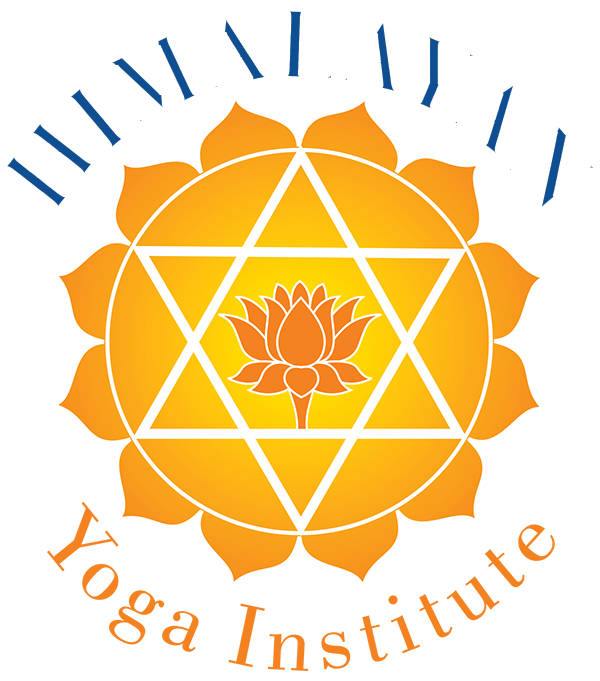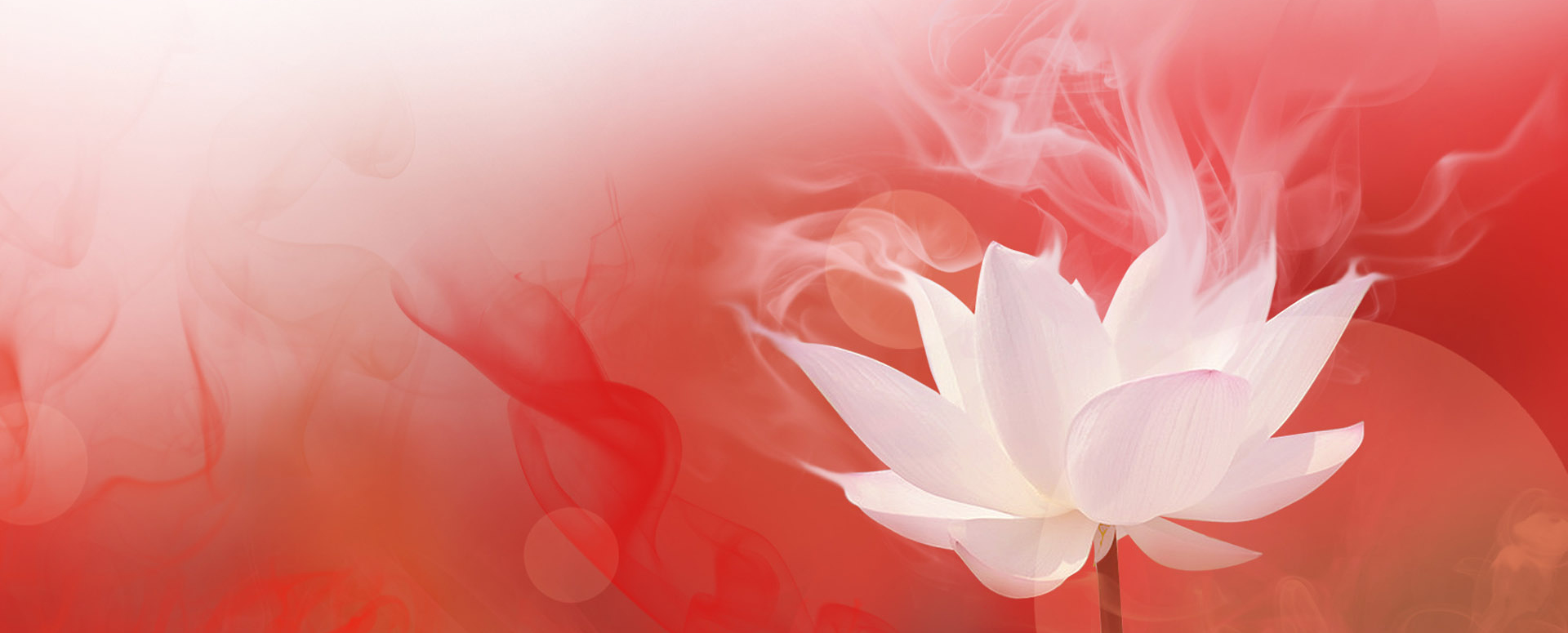
Rajadhiraja Yoga
 What is Yoga All About?
What is Yoga All About?
There's a story that when a cockroach sees another insect trying to attack it, it becomes so mortified with fright that the image of that insect freezes in its mind. Due to the intense ideation of the form of its enemy, the enemy actually sees the cockroach as one of its own kind. In other words, the vibration emanating from the cockroach's mind influences its enemy's mind into thinking that it is a member of its own species. Thus the cockroach is saved from death since the insect will not attack one of its own kind. You may well ask, "How has this got anything remotely to do with yoga?".
The fundamental meaning of the word "yoga" is to unify. Hence the English word "yoke". To mix sugar and sand means to unite the two. But it's more than that. True unification is like mixing sugar and water: the two become one. Yoga is the unification of the individual existence with the Cosmic existence; the individual sense of awareness with the Cosmic sense of awareness; the individual experience of limited pleasures and pains with the Cosmic experience of the unlimited: infinite happiness, perfect peace and contentment – bliss. 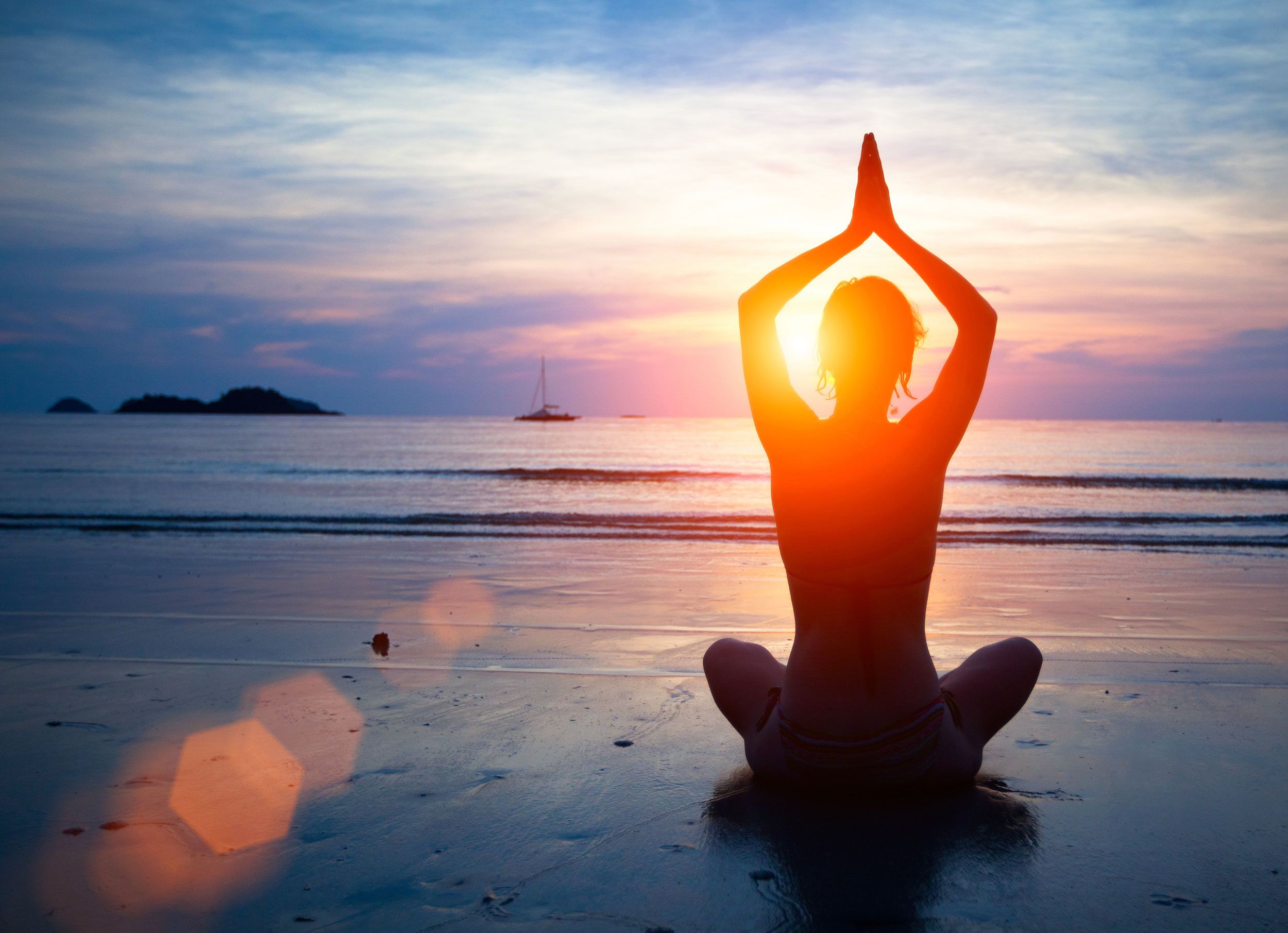
That's what we are all inextricably attracted to - it's the reason for all the things we do. We can never be satisfied with limited things. They may give us pleasure for a while, but never long-lasting satisfaction. So consciously or unconsciously, we all want bliss and we are all trying to achieve it. But how are we supposed to achieve it? The only way is to expand one's awareness to infinity, to transcend the mind and enter the realm of the Cosmic: endless and eternal. Like our friend the cockroach - "As one thinks, so one becomes", this powerful psychological principle is not only the lifesaver of our little friend; it is also the mainstay of yogic practice. By ideating regularly on infinite happiness, one's mind will gradually expand; and if that ideation becomes constant, the expansion will continue until eventually the merger of one's limited sense of individual existence into the Cosmic existence will transform one's experience of pleasure and pain into the constant experience of Cosmic bliss, just as a river attains total freedom when it merges with the sea.
We all want to expand, to become something greater than what we already are, to achieve something more than what we already have. "There is in the living being a thirst for limitlessness" - it is the fundamental spirit of humanity. Since the beginning of human civilization, people have been aspiring towards that, and it is this human yearning for supreme expansion that eventually led people to discover the techniques of yoga.
This Raja Dhiraja Yoga is today the most complete system available; an all-round systematic and scientific process for the development of the body, of the mind, and soul, leading to the total experience of the Infinite – what in yoga is called "self-realisation". It is a synthesis of processes for the evolution of mind towards the supreme spiritual flow, the essence being the practical and continual expansion of mind. Its goal is the all-round elevation of human beings, both individually and collectively. It is a comprehensive response to human longing and aspiration.
 The Rajadhiraja Yoga Essentials
The Rajadhiraja Yoga Essentials
1) Origin of Raja Dhiraja Yoga
The techniques of yoga were systematized by Shiva 7000 years ago. Although Shiva is nowadays regarded as a "god" of Hinduism, he did actually live as a great master at that time.
Over time the original systematization of yoga was distorted and some aspects were misunderstood and lost. An attempt was made by Patainjali about 2100 years ago to reclassify the techniques into what he called Ashtanga ("eight-limbed") yoga. Swami Vivekananda more recently called it Raja Yoga (the yoga of kings), "raja" meaning "royal", implying that the yogi never feels subjugated by anyone. 
There is, however, a more extensive and comprehensive form of Ashtanga Yoga (or correctly Astaunga Yoga) called Raja Dhiraja Yoga (the yoga of the king of kings). It was first named as such by Ashtavakra, a great saint who wrote the Ashtavakra present-day 2000 years ago.
The present-day form uses Patainjali's eight-limbed structure as its basis, but includes techniques of the original system which were lost or overlooked - clarifying and correcting misinterpretations - and with recent additions brings the whole practice into relevancy for modern-day life and human psychology.
This Raja Dhiraja form is now the most complete; an all-round systematic and scientific process for the development of the body, mind, and soul.
Besides a system of yoga asanas, mudras and bandhas, it includes deep relaxation, self-massage and specific meditation lessons.
The asanas, or yoga postures not only tone the muscles, increase flexibility and improve the posture through alignment, but they also have a profound impact on the endocrine glands, balancing the secretion of hormones and restoring psychic and emotional well-being, hence the emphasis is not on vigour of execution, but on proper positioning, proper breathing and a quiet, but persistent flow of movement, which in turn applies pressure on the relevant glands and inner organs. Thus, in Raja Rhiraja Yoga one not only develops strength and flexibility, but achieves a general sense of well-being.
More advanced students are also introduced to a yogic lifestyle, a vegetarian sentient diet and meditation techniques.
2) Asanas
In the West, we have come to equate the term "yoga" with yogic postures, but in fact, they form only a small - albeit important - part of the whole system. The term yoga, in fact, implies a whole way of life with yoga postures as one of its many facets.
In the Sanskrit language, yoga postures are called asanas. Asana means "a posture producing physical comfort and mental composure".
Asanas affect the glands, nerves, muscles and all the organs of the body. There are many physical benefits, but the most important effect is on the practice of asanas places pressure on the endocrine glands and this results in the regulation of hormones secreted from those glands. The hormones are closely related to our emotions and the resultant emotional balance facilitates concentration.
3) Benefits of asanas, as practiced in Raja Dhiraja yoga
- balance the hormone secretion from the endocrine glands
- increase the flexibility of the body
- improve respiration as well as blood and lymph circulation
- massage the internal organs
- relax the nerves and muscles
- cure diseases
The deep relaxation performed at the end of a yoga session and in between certain yoga postures provides a chance to the body to assimilate the increased energy gained from their practice.
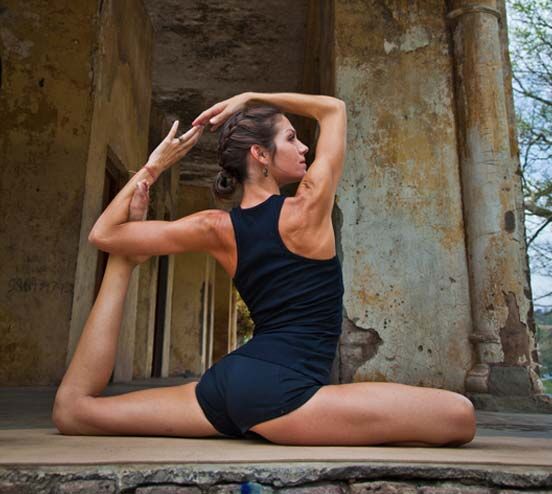
4) Self-massage
After practicing asanas, a skin massage should be done before lying in deep relaxation (Shavasana) for at least two minutes. The skin massage helps in the absorption of sebaceous oils which are naturally secreted onto the skin surface, during the practice.
Benefits of the skin massage:
- increases the lustre and suppleness of the skin
- relaxes and revitalizes the nerves
- increases the blood and lymph circulation
- harmonizes the vital energy (prana) of the body
5) Deep Relaxation
Deep relaxation is especially important for those who do a lot of mental work. Whenever one feels mentally fatigued, even just a couple of minutes can be enough to rejuvenate and revive oneself. Deep relaxation gives the body a chance to assimilate the positive energy gained from the asanas. It also relieves stress, lowers the blood pressure, and decreases the need for sleep.
Benefits of deep relaxation:
- induces the "relaxation response" similar to hibernation
- relieves stress
- lowers the blood pressure
- strengthens the heart
- relaxes the nerves and muscles
- decreases the need for sleep
6) Use of props
In this form of yoga props are used sparingly for the following reasons:
Props, even though fashionably used in most of the schools of the modified forms of yoga, often inhibit the full effect of the postures. They also postponed the mastery of certain poses, and the yoga students remain dependent on the use of "crutches" for long periods of time. Therefore props are helpful only in the execution of certain asanas.
Instead, here, students are directed to use their common sense and practice the postures only as far as it feels comfortable and does not cause pain.
It is not expected that they execute the postures perfectly from the very beginning, but rather to listen to their bodies and practice according to their ability. As their abilities increase with the passage of time, they gradually master the postures while receiving the full benefit from them.
Due to this approach, they experience great progress within only a few months of their practice.
If you need to use props, use them sparingly – mostly with people who have very limited abilities.
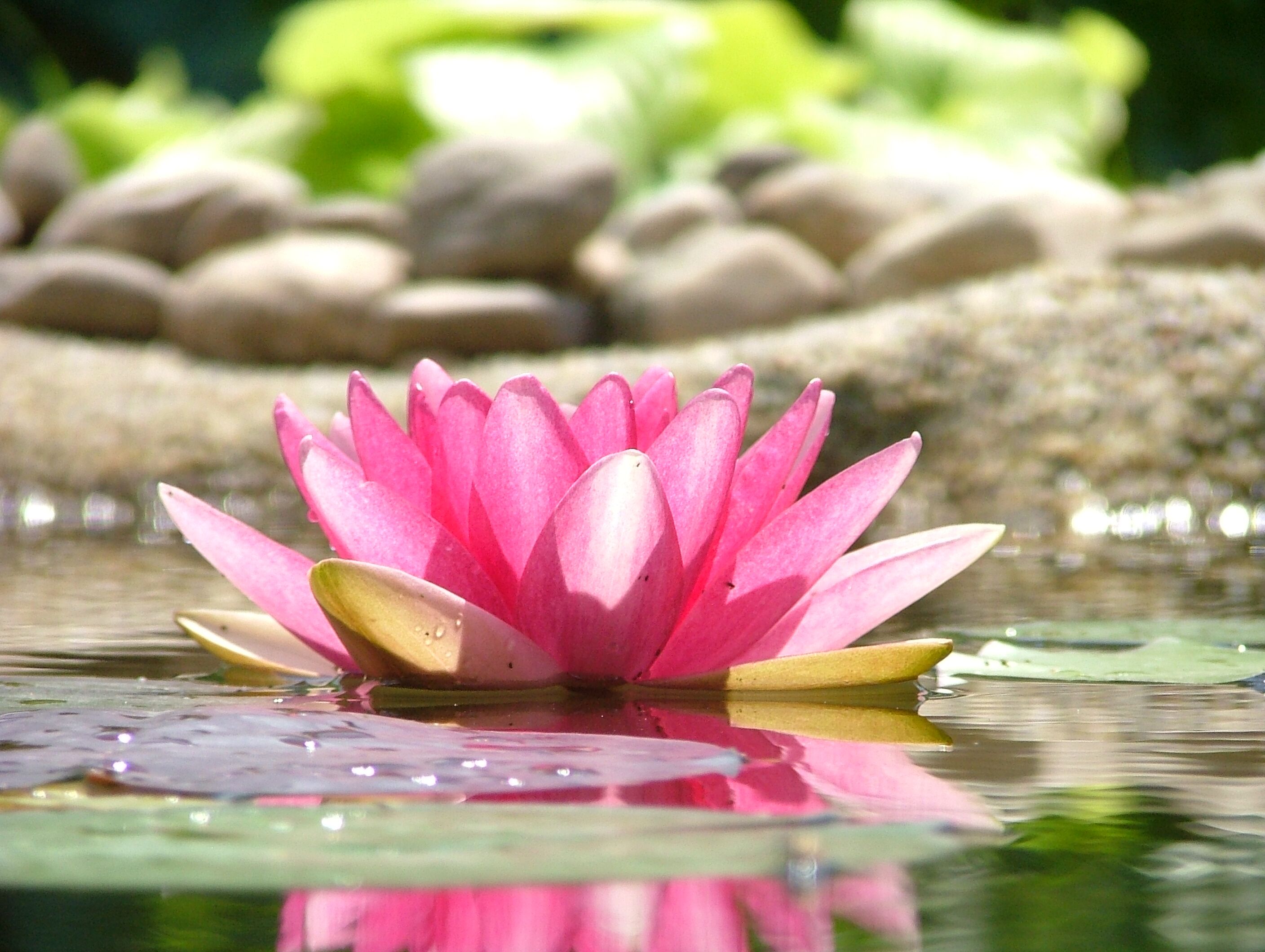
7) Astaunga Yoga (also written as Ashtanga Yoga)
A short overview of the eight limbs of yoga (Ashtanga Yoga):
1. Yama
2. Niyama (Yama and Niyama are the ten moral principles, the very foundation of the yogic way of life)
3. Asanas (yogic postures)
4. Pranayama (breath control)
5. Pratyahara (withdrawal of the mind from external objects, in preparation for internal practices)
6. Dharana (concentration)
7. Dhyana (meditation)
8. Samadhi (complete absorption in the object of meditation)
In regular classes for beginners and intermediate students of yoga, only the first three limbs are practiced. The remaining five are taught only to serious students at advanced levels.
 The Eight Limbs
The Eight Limbs
 1. Yama and 2. Niyama
1. Yama and 2. Niyama
The principles of morality are the basis of a proper life system. But they are not the goal. They are instrumental in creating the frame of mind to perform the higher practices of concentration and meditation. Just as a young tender plant must be protected as it grows, so too must the tender and sincere attempts of the new practitioner be protected by moral guidelines. In ancient times, gurus used to demand that disciples first prove themselves in morality and altruism before teaching them further practices.
There is a story that one particular disciple only managed to convince his guru to teach him when he was found almost drowned while attempting to block a hole in a local damn with his whole body, preventing it from bursting and flooding a nearby village. In fact, the principles of Yama and Niyama perfectly illustrate how one should deal with the surrounding world. To treat everything and everybody in the proper manner requires a certain amount of control over the propensities of the mind, and this is achieved by Yama – controlled conduct with others – and Niyama – regulation of one's personal habits. In other words, Yama is control of oneself in relation to the external environment, and Niyama is the regulation of one's internal environment. Yama is social morality, Niyama individual morality.
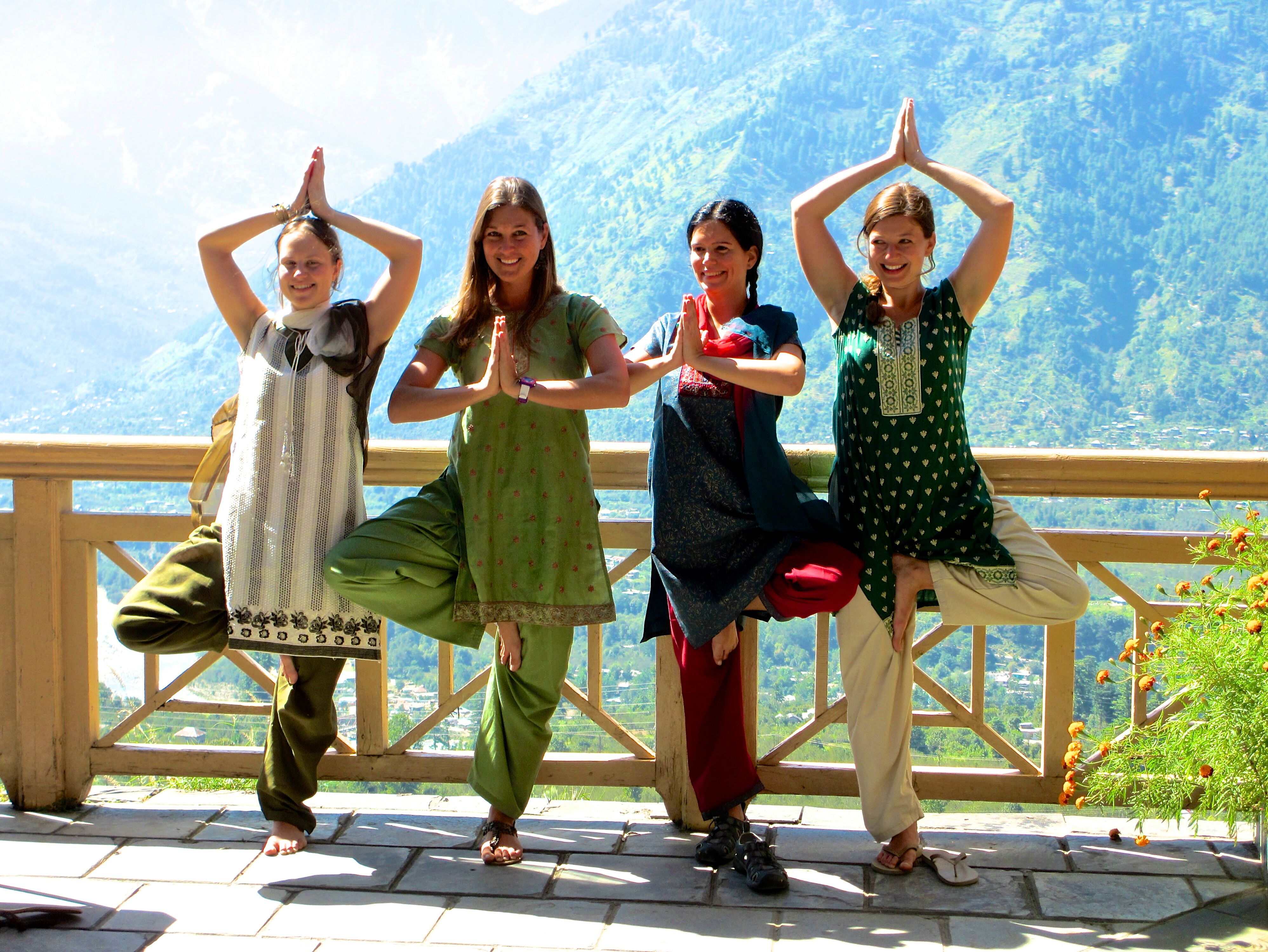
Yama has five parts:
1. Ahimsa: Non-harming in thought, word, and action. It does not, however, exclude the possibility of using physical force to defend oneself or others if necessary. This is the first important area in which Rajadhiraja Yoga differs from the more traditional understanding of Raja Yoga. When Mahatma Gandhi was once asked if there was any circumstance in which he would kill a cobra, he replied that there was not. A more practical interpretation of Ahimsa would suggest that under certain circumstances it may be necessary to use force in order to protect others or oneself from harm. It’s the intention that’s important. While walking down the street you may inadvertently squash a bug, but it was never your intention to harm it.
2. Satya: Benevolent truthfulness. This is the use of mind and words in the spirit of welfare. The emphasis is on “helpful” truthfulness. Buddha once said the first priority for words is that they should be helpful to others. The second priority is that they should be true. And the third priority is that they should be sweet-sounding. So again, the spirit of this principle is to promote the greatest welfare possible, this time through one’s thoughts and words.
3. Asteya: Non-stealing. Not to take what belongs to others without their permission. It also means not to deprive others of what you owe them. For example, to pay an employee less than what you think she or he deserves, or to get on the train without buying a ticket, is against the spirit of asteya.
4. Brahmacarya: Universal thinking. To consider everything as an expression of the Cosmic Consciousness. This cultivates the love for others, regardless of race, nationality or ethnicity, by promoting the feeling that we are all part of the same cosmic family. The benefit to society can readily be appreciated. There’s an amusing story to illustrate this principle: A man used to always say that everything is God. Whatever happened, he said it was God. His friends were accustomed to hearing this all the time and used to joke about it amongst themselves. One day they saw him being chased by a bull, and shouted out to him, “If everything is God, then the bull is also God, so why are you running away from it?” As he was running for his life, he shouted back in mid-stride, “My running away is also God!” This feeling is important to cultivate. In Raja Yoga, it is done without the aid of a scientific technique, but in Rajadhiraja Yoga there is a special mantra which increases the effectiveness of achieving it in everyday life. Cosmic ideation while performing any action assures the success of that action, as well as preparing the mind for meditation.
5. Aparigraha: Simple living. Not to accumulate more than you need for a reasonable standard of living. This has personal as well as social consequences. We can never be satisfied with what we have while we accumulate possessions unnecessarily because the mind will always be distracted by the possessions and by the process of accumulating them. On the social side, the physical wealth of this world is limited, so by accumulating excessive physical wealth, one would be depriving others of their necessities.

Niyama also has five parts:
1. Shaoca: Purity of mind and cleanliness of body. To keep the body clean is not only external. Internal cleanliness depends on what we eat, and other things we ingest. Mental cleanliness refers to maintaining a positive attitude and to nurture positive and kind thoughts and emotions.
2. Santosa: Mental ease and contentment. Only when the mind is at ease is it possible to be satisfied with one’s life, and to infuse others with one’s cheerfulness and enthusiasm. This depends to a large extent on Aparigraha above.
3. Tapah: Social service and sacrifice means working for the welfare of others. This means to help others in need without expecting anything in return. There is a flow of love within us all that we can only express when we give willingly and selflessly to others. Note that it means to others in need. Giving money to a rich person is not service!
4. Svadhyaya: Inspirational reading. To read uplifting books, understanding their underlying meaning. This is best done after meditation, when the mind is most receptive to deep ideas and higher thinking. Of course, in our modern-day society “books” can also mean other media of education, such as the Internet, CDs, tapes, etc, but the important point is that, whatever the source, it is uplifting and elevating for the mind.
5. Iishvara Pranidhana: To meditate on the Cosmic Consciousness. This gives the realization that you are one with that Infinite Consciousness, and it is this realization that gives the greatest fulfilment in human life. In Rajadhiraja Yoga, there is a specific mantra and point of concentration for each person – depending on one’s individual mental vibration – that is instrumental to achieving this ideation.
 3. Asana
3. Asana
In the West, we have come to equate the term "yoga" with yoga postures, but in fact, they form only a small – albeit important – part of the whole system. In Sanskrit, yoga postures are called asanas. Asana means a "posture giving physical comfort and mental composure". Asanas affect the glands, nerves, muscles and all the organs of the body. There are many physical benefits: flexibility, improved respiration and circulation, the prevention and cure of diseases, etc, but the main effect is on the mind, through pressure on the endocrine glands and the subsequent balancing of the hormones secreted from those glands.
The relation between the physical body and the mind is very close, and it's the endocrine hormones that determine one's emotions. If the hormones are balanced, the emotions will also be balanced, facilitating concentration and meditation. But without that balance, there will be tendencies of mind that distract us from deeper ideation, and despite having a sincere desire to live a constructive and fulfilling life, it may be that we are unable to because of those extroversial tendencies. We may understand that we should meditate, but if we cannot concentrate the mind it will be very difficult. So it is important to rectify the defects of the glands. Asanas help in this to a very large extent. 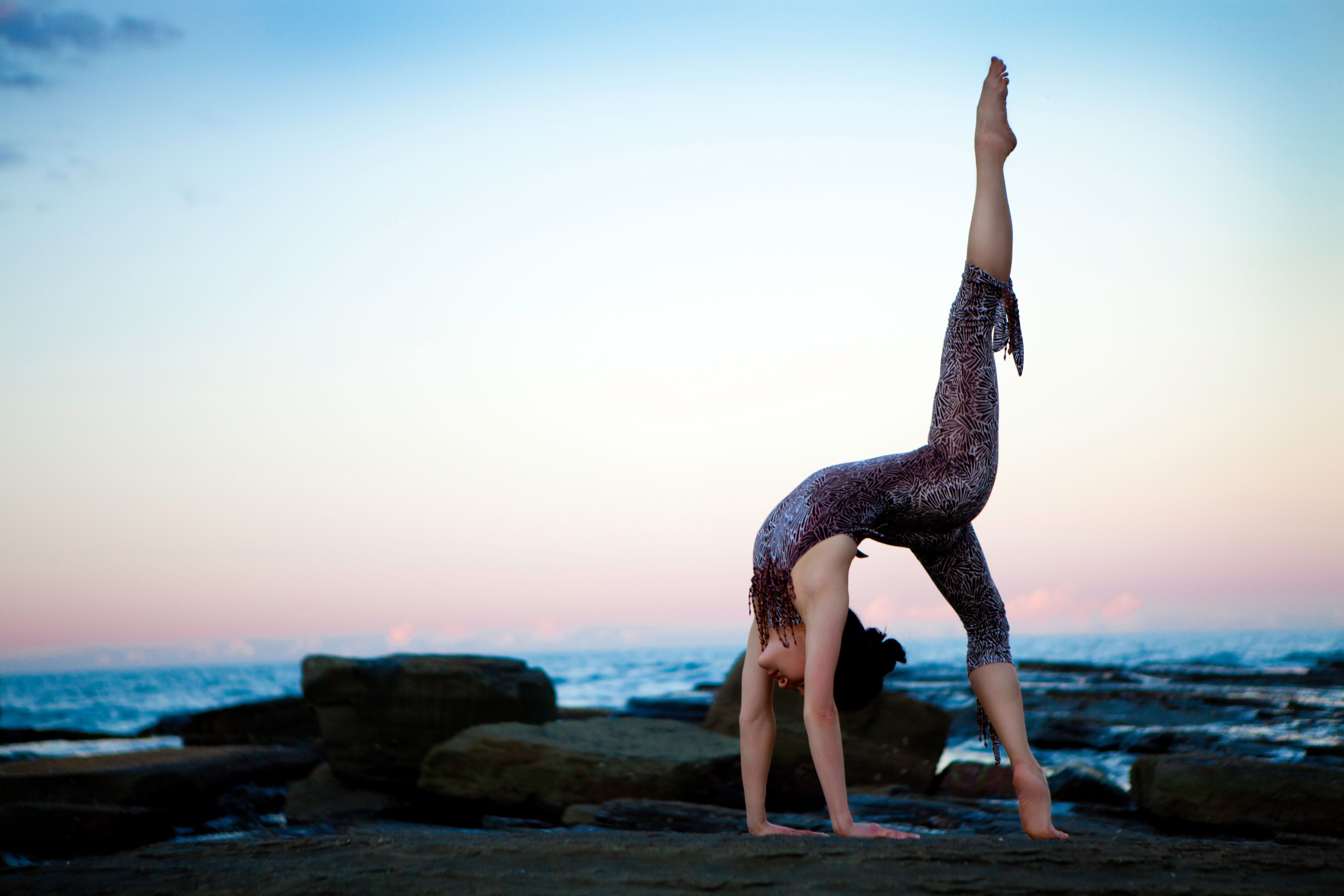
More than 50,000 asanas have been invented over a course of thousands of years. Many asanas are named after animals, because certain animals have specialized propensities of one sort or another. For example, by doing the Peacock (Mayurasana) one develops fearlessness and a strong digestion – both characteristics of the peacock.
The tortoise can easily retract its extremities, and if one practices the Tortoise Posture (Kurmakasana) the mind can more easily be withdrawn from the external world.
The Hare (Shashaungasana) puts pressure on the crown of the head and stimulates the pineal gland to produce melatonin, the hormone which gives the feeling of well-being and bliss. This is especially important in meditation. The Shoulderstand is called Sarvaungasana in Sanskrit, meaning "whole body," indicating its effect on the thyroid gland, which controls the whole body's metabolism.
Other asanas such as the Mountain (Parvatasana) and the Wheel (Cakrasana) are named after the physical structures they resemble.
There is even a relatively recent one (Matsyendrasana) named after the yogi who invented it. Asanas such as the Lotus (Padmasana), Perfect Pose (Siddhasana) and Brave Pose (Viirasana) directly place the mind in a state beneficial for meditation, so it is these meditation postures (Dhyanasanas) that we use in concentration and meditation. Mudras are similar to asanas, but usually incorporate some kind of ideation. Their effect is on the nerves and muscles rather than the glands.
Before the practice of asanas, the body should be cool and calm, and this is achieved quickly and conveniently in Rajadhiraja Yoga by what is called the “half-bath”. Asanas should be done on an empty – or at least not full – stomach. The room should be clean and warm, with no draft or smoke. Except for the meditation postures, the classical asanas should not be practiced during menstruation or pregnancy. However, certain variations can be practised during certain periods of the pregnancy. There are more guidelines to ensure that asanas are practiced without damage to the health and well-being of the individual. In general, asanas and mudras should only be practiced under the guidance of a proper teacher. 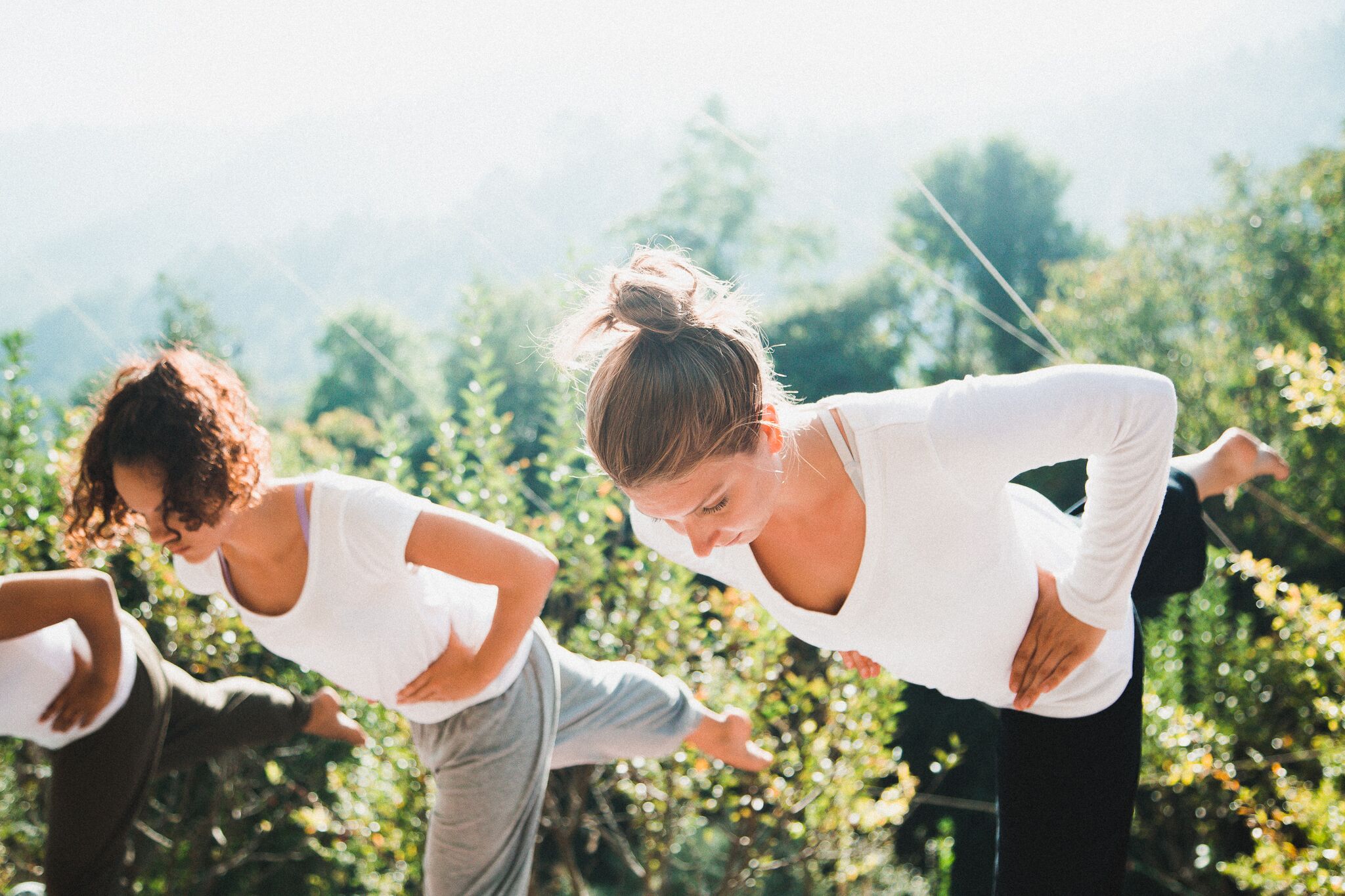
Also incorporated in the system of Raja Dhiraja Yoga are two specific exercises that most yoga teachers, let alone students, are not yet acquainted with. One of these – Tandava – was formulated by Shiva 7000 years ago. It is a vigorous exercise (resembling to some extent the Russian Cossack dance) that is extremely beneficial for developing courage and spiritedness, as well as improving the memory. This dance is designed for men, profoundly affecting masculine glands. The second is a recent and innovative addition to Raja Dhiraja Yoga that is particularly beneficial for women. It is called Kaoshikii. It instills in the mind the feeling of self-confidence and awareness, encouraging self-expression and creativity. It increases longevity, prevents and cures disease (including many types of liver diseases) and eases the discomforts of menstruation and childbirth.
After practicing asanas, a skin massage should be done before lying in deep relaxation (Shavasana) for at least two minutes. The skin massage helps in the absorption of sebaceous oils that are naturally secreted onto the skin surface. This increases the suppleness and glamour of the skin and relaxes the nerves, increasing the blood and lymph circulation and harmonizing the energy (pranah) of the body. Deep relaxation gives the body a chance to assimilate the positive energy gained from the asanas. It also relieves stress, lowers the blood pressure and decreases the need for sleep.
 4. Pranayama
4. Pranayama
Pranayama is the scientific technique used to control the respiration and hence the mind. This is important for meditation. There is a very close and direct relationship between the breath and the mind. Mental flow depends on the flow of breath. If the respiration is fast-paced, the concentration will be next to impossible. It can be very difficult even to read the time on your watch if you're out of breath. On the other hand, concentration is easy if the respiration is slow-paced, calm and relaxed. It's an automatic process. While watching a suspenseful movie, you sit on the edge of your seat with bated breath. Why? Because the scene has you totally captivated. You're concentrating fully, so your breathing automatically slows down, and may even stop completely until the suspense is broken. This also happens naturally during deep meditation if the concentration is intense enough. Here there is no danger because the ideation is always positive. 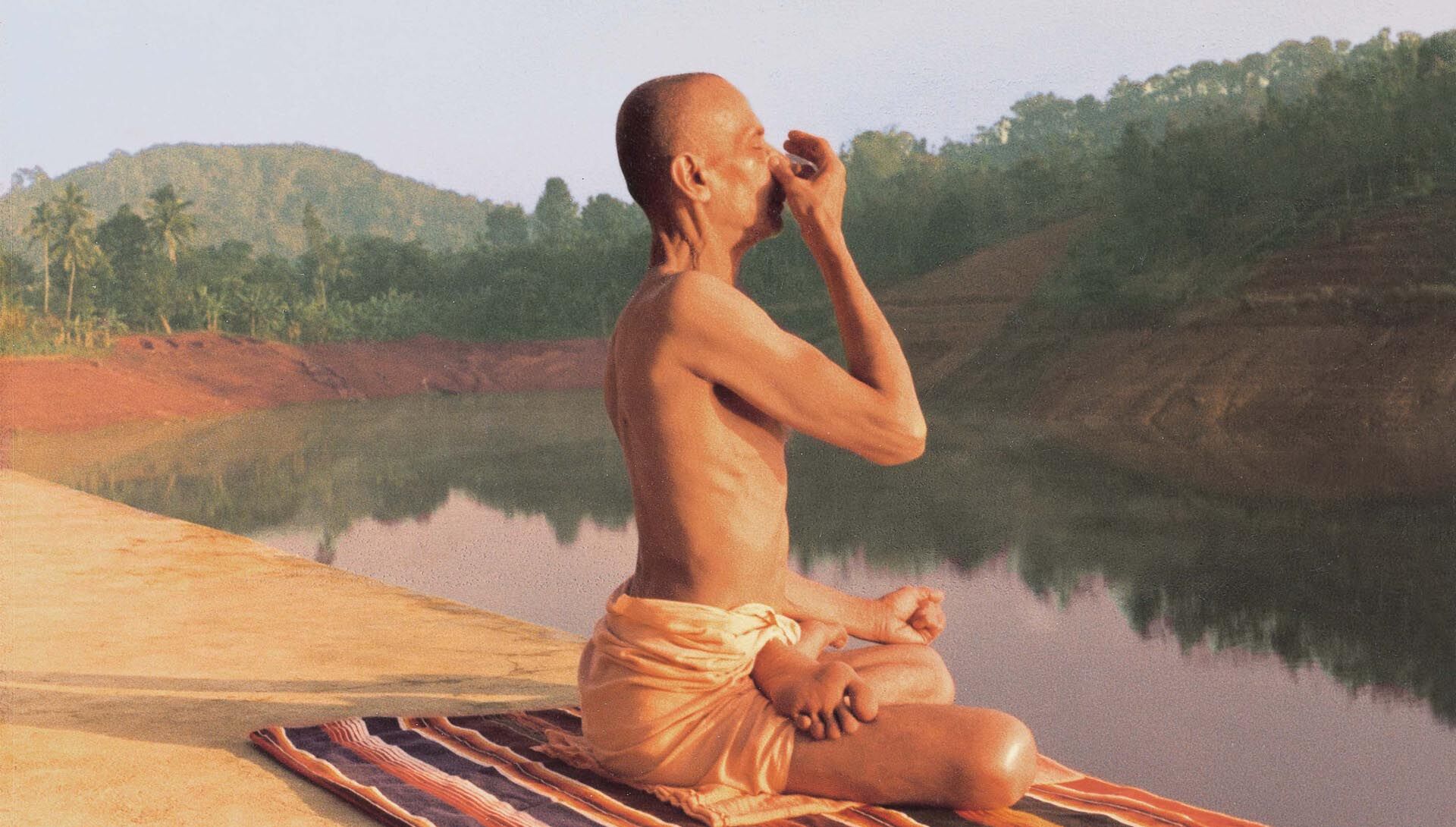
In pranayama, the breath is forcibly controlled regardless of the object of ideation. This can be dangerous. It can be very good or it can be very bad, depending on the ideation at the time. The thinking must be positive for it to have a positive effect. Conversely, if the thinking is negative it will have a negative effect. That's why pranayama should only be practiced when some control over the concentration of mind has already been attained. The pranayama itself will further increase the degree of concentration, but there should already be some degree of control before starting it. So it is even more important than for asanas to learn pranayama at the correct time and from a proper teacher.
There are two types of pranayama: Hatha yaogika pranayama, which does not involve any form of ideation and Yudhisthira Pranayama. In Rajadhiraja Yoga, Yudhisthira Pranayama is practiced at a specific cakra (psychic energy center) with an appropriate mantra and Cosmic ideation. So the ideational component is fully taken into account.
Pranayama controls the pranah (vital energy). It allows the body to conserve more heat. It affects the glands, subglands, nerves and all the liquids of the body. Special pranayama practices can also be prescribed for specific diseases.
 5. Pratyahara
5. Pratyahara
Pratyahara literally means to take back what has been given out. The mind projects outwards to the different objects of the world, so it means to withdraw the unsteady mind from those objects so that it may be directed internally for meditation. In Raja Dhiraja Yoga there is a very scientific system to do this. It involves three phases, known as shuddhis: first the withdrawal of mind from objective physicality (the external world); then from subjective physicality (the physical body); and finally the withdrawal of mind from its own internal thoughts.
Good company and environment are also important. Withdrawal and concentration are made easier if the senses are receptive to subtle sensations, and the motor organs directed towards subtle expressions.
There is a further technique in which the "colours" of the mind – that is, all the different tendencies and propensities – are offered to the Cosmic Mind. This frees one from the attachment to those propensities, because it promotes the realization that one's individual mind is also a part of the Cosmic Mind. With this realization comes the development of intuition and creative insight, as one gradually gains more access to the vast storehouse of Cosmic knowledge – past, present and future.
 6. Dharana
6. Dharana
Dharana means to uphold the mind at a particular point. That means concentration – to concentrate on one thing. It gives the ability to direct one's mind wherever wanted. The undisciplined mind is like a wild horse: if you let it out in an open field it will run all over the place. But dharana tames the wild horse of the mind so it can be ridden anywhere. This is essential for meditation.
Raja Dhiraja Yoga incorporates two types of dharana. The first is Tattva Dharana – concentration on the cakras with the help of the root (biija) mantras of those cakras. This gives control of the physical factors of the body because it is the cakras themselves that control the factors that make up the body. For example, dharana done at the Muladhara Cakra (base of the spine) gives control over the solid factor and makes the body light. When dharana is done at the Svadhisthana Cakra (base of the genitals), one will feel fresh and clean as if just having taken a bath, because this is the controlling point of the liquid factor. It also gives the ability to bear thirst. Dharana done at the Manipura Cakra (navel) gives control over the luminous factor, so one can withstand extreme heat or cold. In fact, dharana gives the strength of mind to withstand all types of pain.
The cakras are like knots that bind the flow of energy up the spine. By stabilizing the mind at particular cakras, these knots are loosened and the energy channels flow more easily. Tattva Dharana also diverts the flow of energy towards the subtle. When the breath flows predominantly through the right nostril, the energy channel for crude expression is open. This is best for physical activity, digestion of food and crude thought. When air flows through the left nostril, the mind tends to focus more on subtle thought and less on physical activity. Air flowing through both nostrils concurrently is best for psycho-spiritual practices such as meditation.
Tattva Dharana allows the mind to detach from things of a transitory and limited character, leading to the development of conscience and true wisdom. It is done in Viirasana because this posture produces short and intense concentration, and as a side effect, it prevents hair loss if it is done properly.
The second type of dharana in Raja Dhiraja Yoga is a recent innovation called Cakra Shodhana, literally meaning "purification of the cakras". By purifying the cakras – and all the nerves, glands and energy channels connected to them – meditation is made a lot easier. It infuses all the cells of the body with the most positive ideation. So while Tattva Dharana promotes strength of mind, Cakra Shodhana fills the mind with joy, instilling optimism and positivity. This type of dharana can be done in any asana, including the relaxation pose, or Shavasana. The only stipulation is that – as with all other lessons of meditation – the spine is kept straight and no voluntary movement takes place while cakra shodhana is performed.
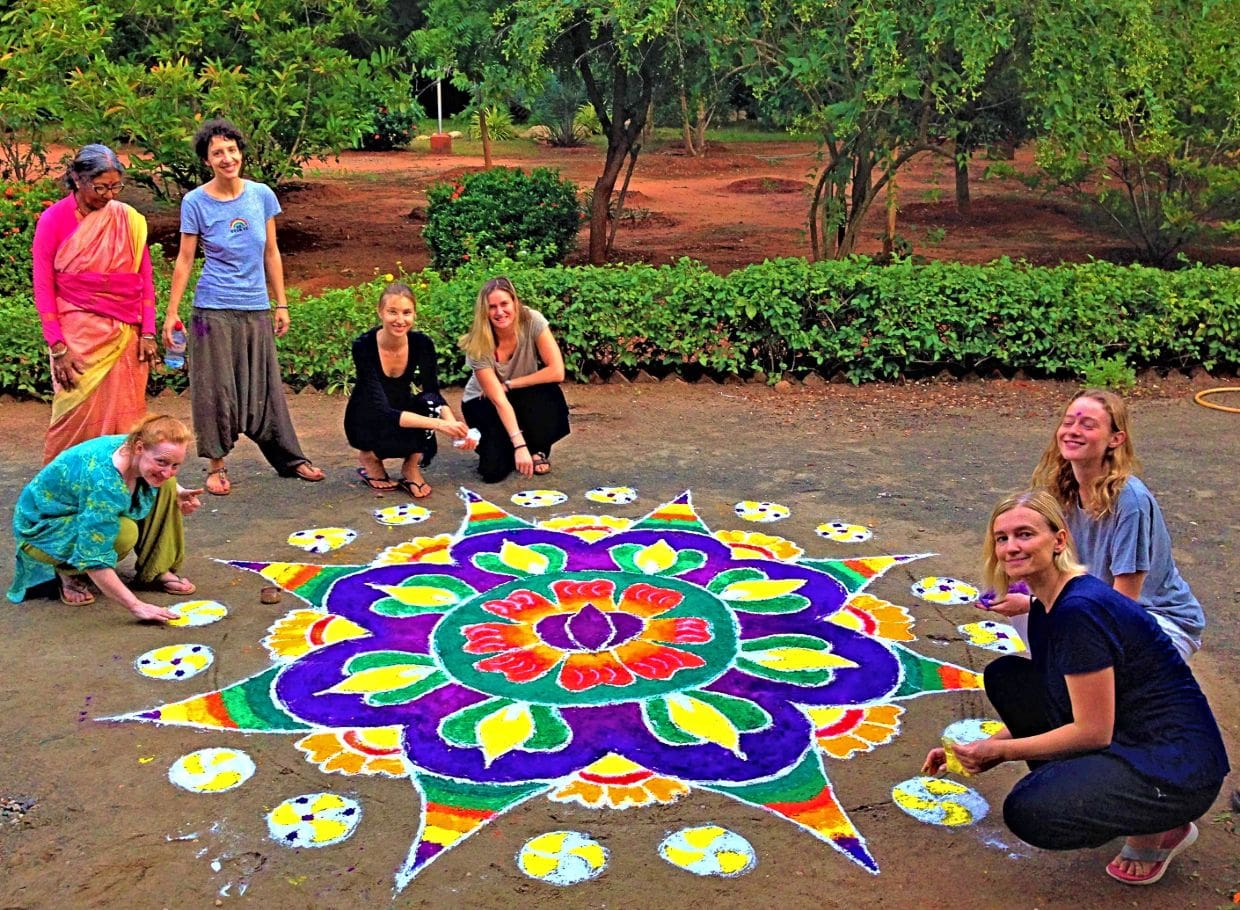
 7. Dhyana
7. Dhyana
Dhyana means meditation proper. Concentration is merely the initial stage – the jumping-off point – into meditation. While dharana means focusing of mind at one point, dhyana is a flow of mind: an uninterrupted flow towards the one object of ideation – just as oil flows continuously in one unbroken flow.
So dhyana literally means to direct the mind in an unbroken flow towards the supreme goal. When the practice of meditation was brought from India to China, the Sanskrit word "dhyana" was distorted into "chan." From China to Korea it changed to "chen." Then finally from Korea to Japan it became "zen." Hence the tradition of Zen!
In Raja Dhiraja Yoga there are two types of dhyana. The first is the practical aspect of Iishvara Pranidhana mentioned previously in Niyama. It employs the use of a cakra and mantra specific for each person – according to the individual's personal vibration – to direct the flow of mind towards the goal. The second uses the highest and most subtle of ideations to direct the mind towards the Supreme. It is called Anudhyana, meaning "to follow" the supreme flow. This constant ideational flow leads one to the realization of the unity of all existence; leads the mind from form to formlessness, to the complete transcendence of itself into pure, limitless Consciousness. 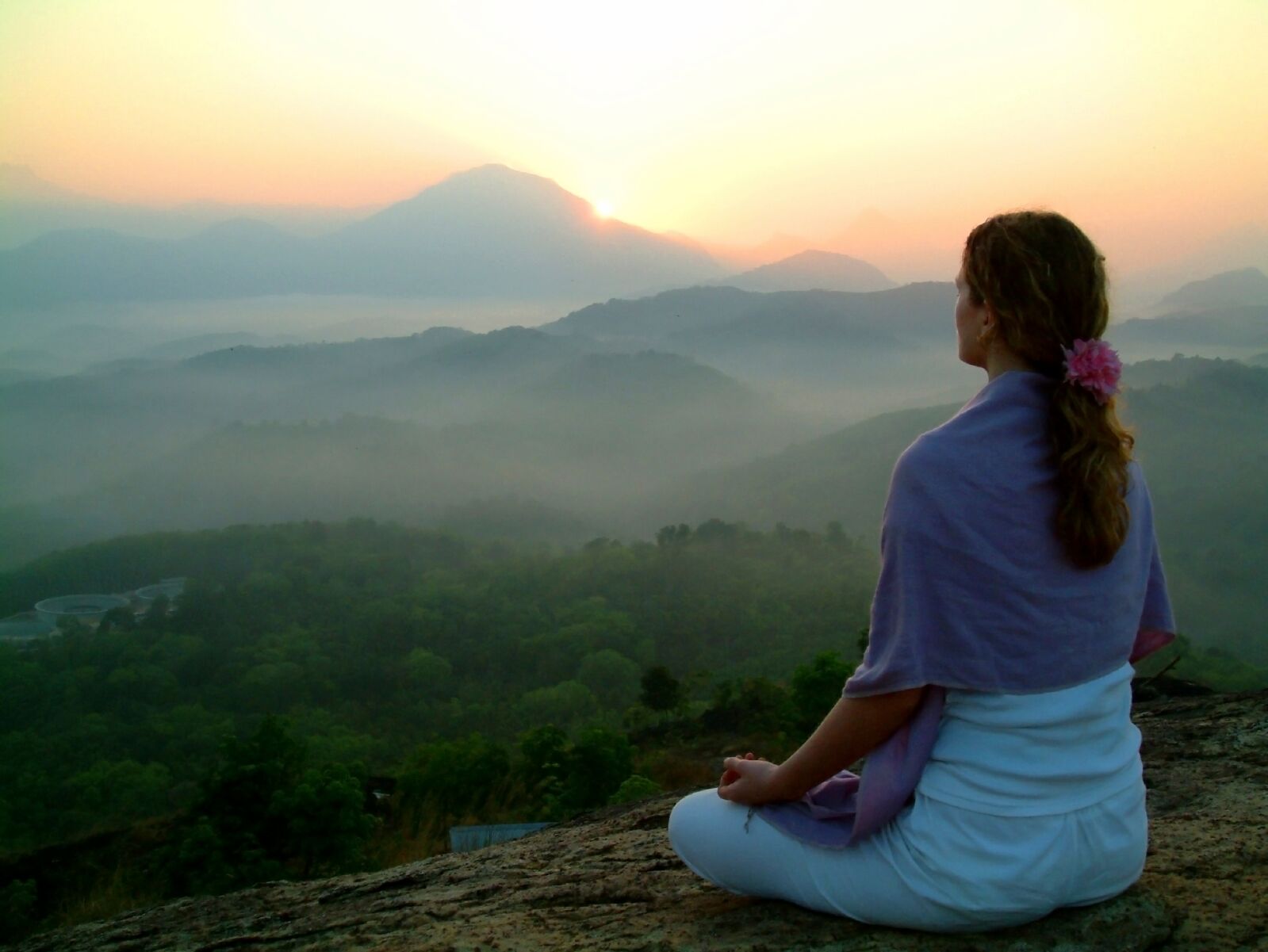
Tattva Dharana allows the mind to detach from things of a transitory and limited character, leading to the development of conscience and true wisdom. It is done in Viirasana because this posture produces short and intense concentration, and as a side effect, it prevents hair loss if it is done properly.
Iishvara Pranidhana is practiced in Padmasana (Lotus Posture). If not accustomed to Lotus, Ardha Padmasana (half-Lotus) or the simple cross-legged position (Bhojanasana), can be used. Anudhyana is practiced in Padmasana for women and Siddhasana for men. Dhyana generally makes the skin smoother and enhances its glow and effulgence.
 8. Samadhi
8. Samadhi
Samadhi is not a practice in itself; rather it is the result of all the previous practices. Samadhi literally means sameness (absorption, or oneness) with the goal. There are many possible goals; physical, psychic or spiritual, but Raja Dhiraja Yoga recognizes only the spiritual goal, and hence only spiritual samadhi; that is merger in the Cosmic Entity.
Although there are different types and styles of spiritual samadhi, they can all be classified into two general categories: savikalpa and nirvikalpa.
Savikalpa means "with vikalpa," or "with mental thought or feeling." So Savikalpa Samadhi is the state of absorption in the Cosmic Mind. Because the essence of mind (even the Cosmic Mind) is the "I am" feeling – the existential "I-feeling" – there remains, therefore, in this samadhi the feeling of existence, or "I am." It is the result of Iishvara Pranidhana.
Anudhyana takes the whole process to its conclusion – to the highest state of existence: Nirvikalpa Samadhi. This is the state of non-qualified absorption, where the tendencies of mind are completely suspended. Nirvikalpa means "without vikalpa," or "without mental thought or feeling." It is the state of absolute bliss – complete absorption in Cosmic Consciousness. This state of absorption is known in Rajadhiraja Yoga as Kaevalya (the only One) or Turiiya (the absolute state of non-duality). 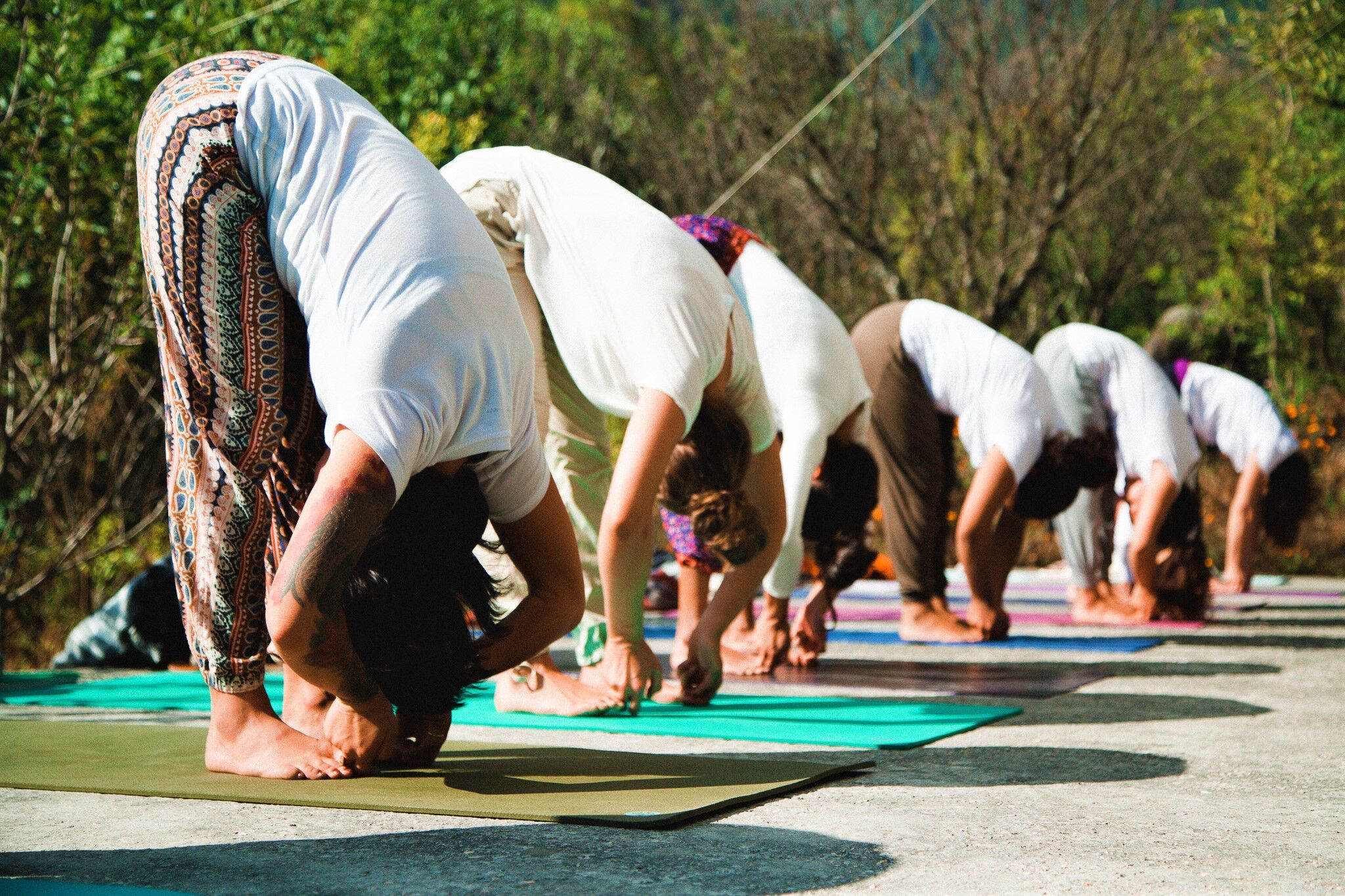
It is not possible to come even close to describing this state, let alone thinking about it, because it is beyond the mind. The mind can analyze anything cruder than itself – i.e. anything physical – but it cannot think of anything subtler than itself, i.e. Consciousness. One's mind exists in and of Consciousness, so it is not possible to even think about it, simply because it is not possible to think of anything beyond the boundary of one's own mind. True spiritual practice, therefore, is the process of transcending the mind to the Consciousness within which it exists: the Cosmic Consciousness. It is this transcendence of the "I-feeling" that results in the supreme experience of the Absolute: "Where 'I' is, 'He' is not; where 'He' is, 'I' is not." (Consciousness here is arbitrarily assigned the male gender.) So rather than saying, "I think therefore I am," closer to the truth in the deeper sense would be to say, "When I stop thinking then I really am!".
Shrii Ramakrishna, the guru of Swami Vivekananda, used to frequently slip in and out of Nirvikalpa Samadhi. Afterward, his disciples would ask him what it was like, but he could never reply because the answer was beyond the capability of his speech; beyond even his memory. Thought, let alone words, cannot grasp that state of existence. The only way of even recognizing that one has been in that supreme state is the experience of waves of bliss in the mind that follow it.
Doubtless, the cockroach does not feel those waves of bliss when it becomes frozen with fear at the sight of its enemy. But its absorption is of a different nature. It is the absorption of the mind in a physical object; another physical body. And its cause is fear. Spiritual samadhi, on the other hand, is not caused by fear; it is the result of love: the love for the Supreme Entity cultivated by the practice of all the aforementioned stages. This love in yoga is called devotion, or bhakti in Sanskrit. Devotion is love for the Infinite. It is said that when devotion is attained, everything is attained because it is through this highest love that the supreme state of existence is attained. It is a lot easier to think of someone when you love them. "One must not be God-fearing; one must be God-loving". Just as the cockroach merges its psychic existence with that of its enemy through fear, so it is possible for us to merge our individual existence with the blissful Cosmic existence through love, leading to the ultimate fulfillment of our life.
